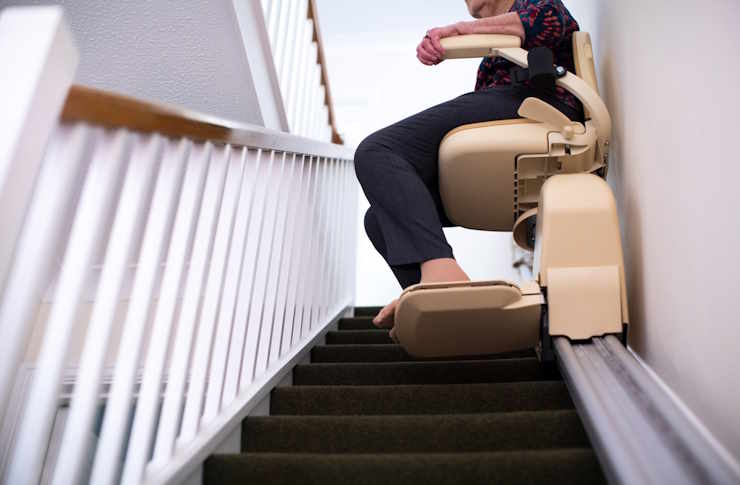Sheltered Housing: What It Offers Older Residents
Sheltered housing refers to purpose-designed or adapted properties that provide independent living for older adults alongside practical support and safety features. These developments aim to balance privacy and independence with on-site or nearby assistance, helping residents maintain daily routines while reducing isolation. Schemes range from single apartment blocks to small clusters of homes, often managed by housing associations, private providers, or local authorities and linked to local services in your area.

This article is for informational purposes only and should not be considered medical advice. Please consult a qualified healthcare professional for personalized guidance and treatment.
What is sheltered housing?
Sheltered housing is a form of supported accommodation created primarily for older people who can live independently but benefit from extra security and tailored services. Units are typically self-contained flats or bungalows within a larger building or development. A scheme often includes an emergency alarm system, shared communal spaces and a scheme manager or warden who coordinates support, liaises with local services, and helps organize maintenance and safety checks.
How does sheltered housing support seniors?
Support in sheltered housing is designed around independence rather than full-time care. Practical help might include regular welfare checks, arranging repairs, and connecting residents to local health and social care services. Some developments offer optional support packages for tasks like personal care, cleaning or mobility assistance through visiting care workers. The model allows seniors to retain control over their daily life while accessing timely help when needs change, reducing the need for more intensive residential care.
What features are in the building?
Sheltered housing buildings include adaptations that make daily living easier and safer: step-free access, wider doorways, level showers, handrails and good lighting. There is often a communal lounge, laundry facilities and secure entry systems. Maintenance of communal areas and external grounds is usually handled by the landlord or management, giving residents the benefit of upkeep without the responsibilities of a private home. Proximity to public transport and shops is also a common design consideration.
How does sheltered housing build community?
A key benefit of sheltered schemes is the opportunity to reduce isolation through communal spaces and organized activities. Regular social events, shared meals, hobby groups and resident committees encourage interaction and peer support. Managers or coordinators often link residents with local services, volunteer visitors, and healthcare outreach, helping neighbors form informal support networks. For many seniors, this balance of privacy and social connection supports emotional wellbeing and a sense of belonging.
How does sheltered housing feel like home?
While sheltered housing is designed with shared facilities and management oversight, units are typically private homes where residents can personalize living space, keep pets (where permitted), and maintain personal routines. Tenure models vary: some are rented from housing associations or local authorities, others are leasehold or ownership options with service agreements. The emphasis is on creating a secure, comfortable environment that respects autonomy while offering practical safeguards.
Sheltered housing providers and programs vary by country and region. The table below lists some real providers and the types of services they typically offer; this is illustrative rather than exhaustive and reflects common models used by organizations that manage retirement or sheltered accommodation.
| Provider Name | Services Offered | Key Features/Benefits |
|---|---|---|
| Anchor Hanover (UK) | Sheltered and retirement living, housing management, help with linking to care | Large housing association focused on older residents, on-site staff, adapted properties |
| McCarthy & Stone (UK) | Retirement apartments and retirement living schemes | Purpose-built retirement flats, communal areas, optional services and resident events |
| Housing 21 (UK) | Sheltered housing, extra care housing, support services | Non-profit provider with specialist accommodation and targeted support for seniors |
| Sunrise Senior Living (US/Intl) | Independent and assisted living communities | Private provider offering a range of care levels and community activities |
| Mercy Housing (US) | Affordable senior housing and supportive services | Non-profit affordable housing with community partnerships and support programs |
| HUD Section 202 (US) | Subsidized supportive housing for low-income seniors | Federal program offering affordable rental housing with supportive services through partnering organizations |
Prices, rates, or cost estimates mentioned in this article are based on the latest available information but may change over time. Independent research is advised before making financial decisions.
Conclusion
Sheltered housing is a flexible option for older adults who value independence but want additional security, accessible design and connections to supportive services. Differences in tenure, management and services mean it’s important to review local providers, inspect properties and discuss specific support arrangements. When matched to personal needs and preferences, sheltered housing can provide a practical middle ground between full home ownership and more intensive residential care.






